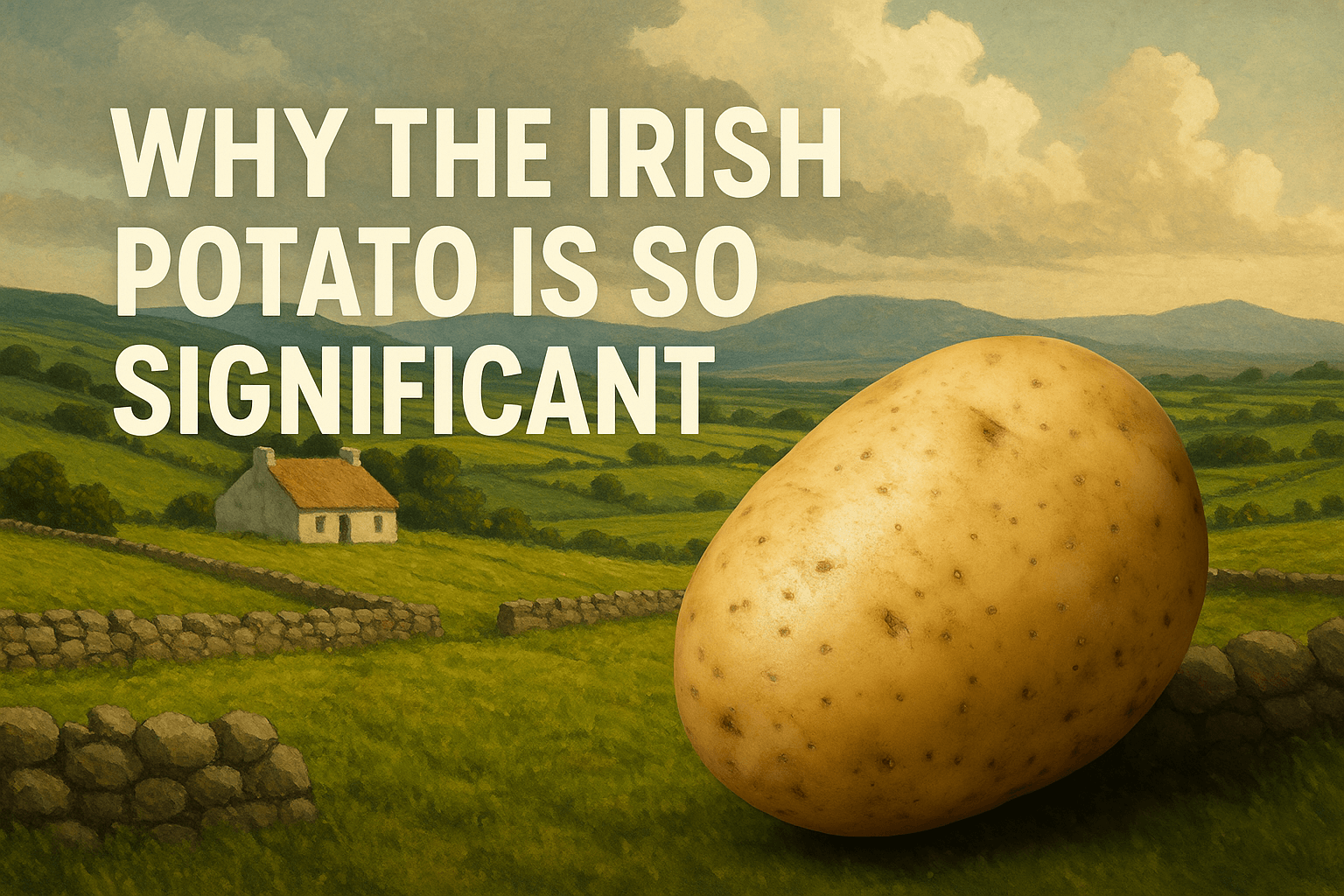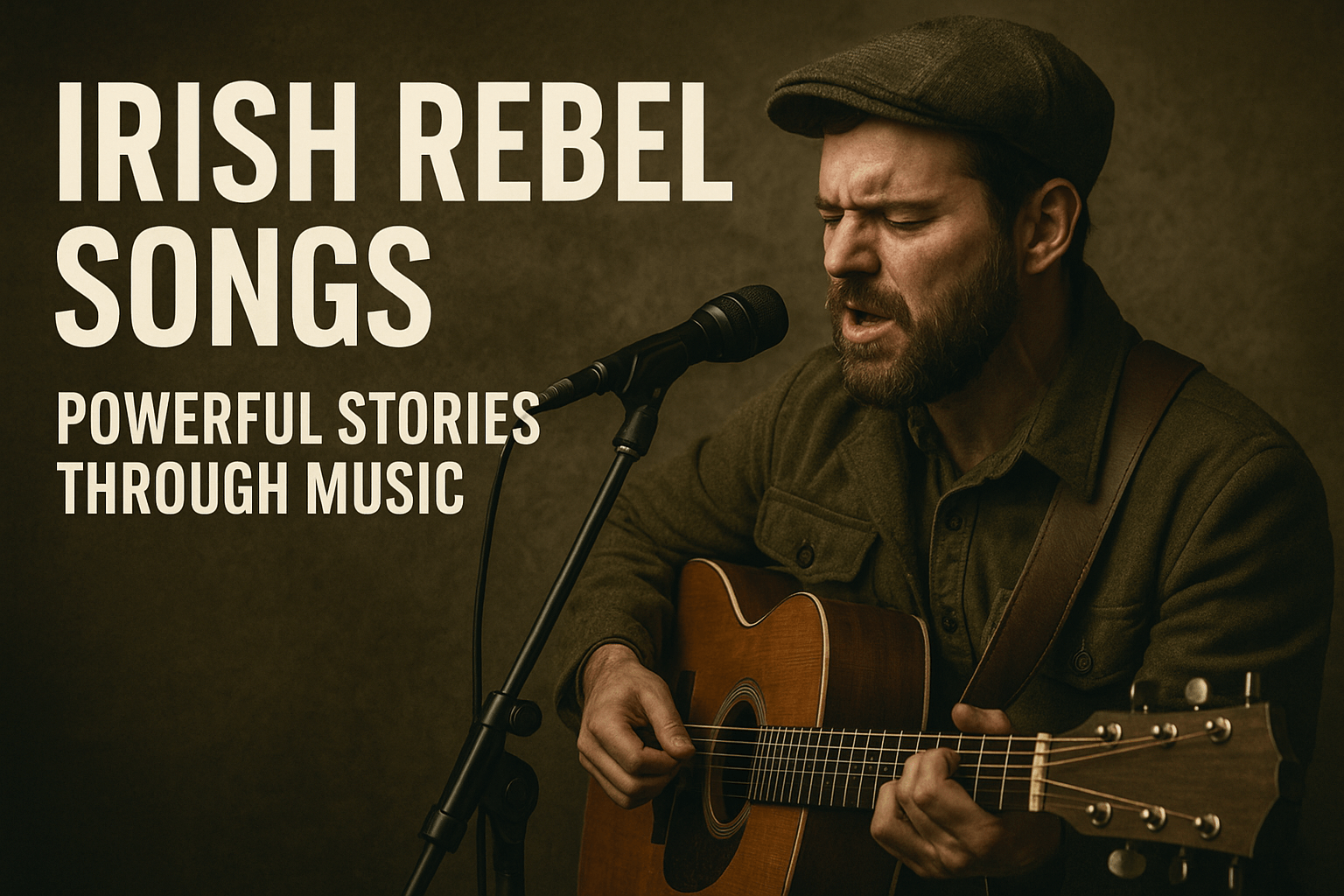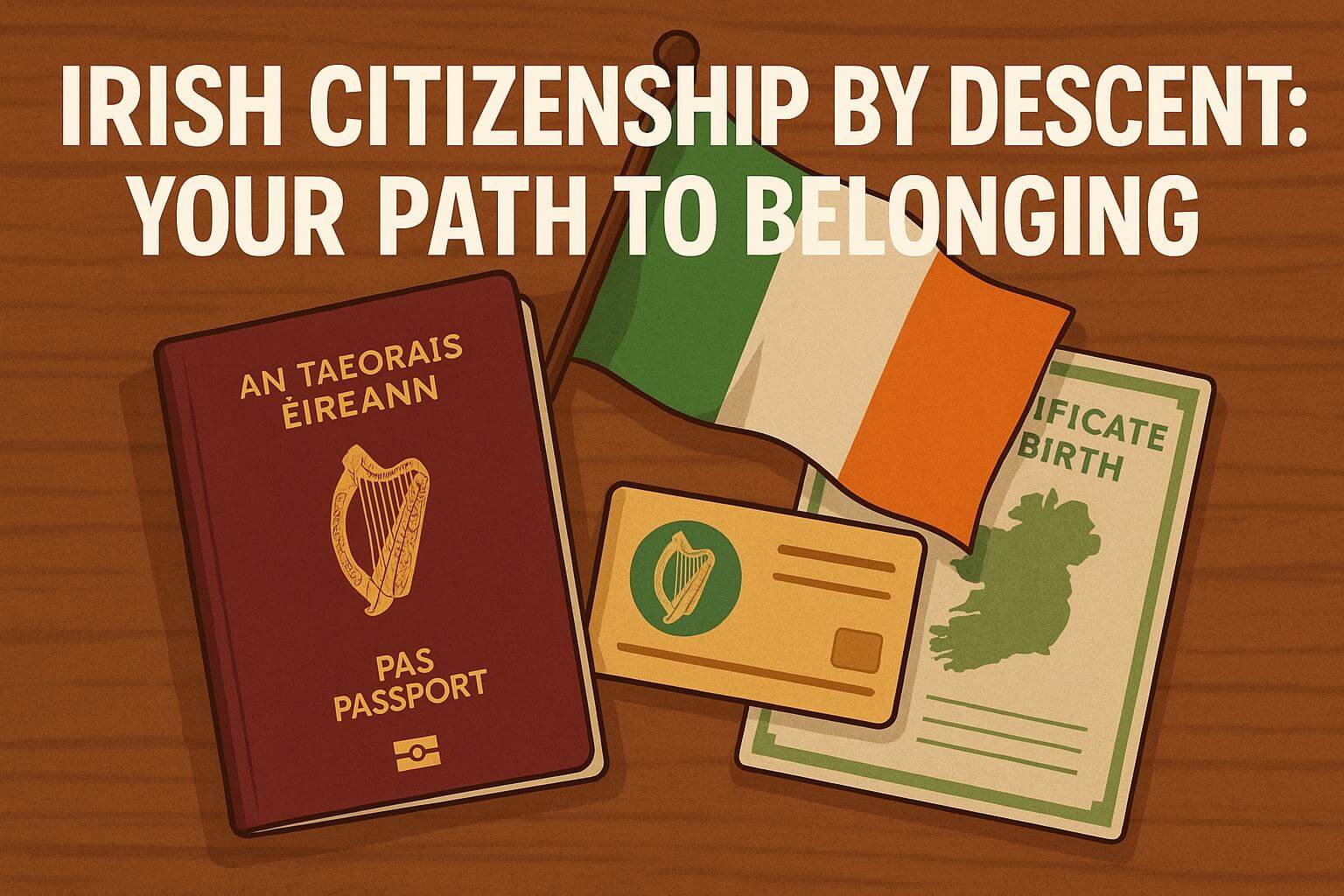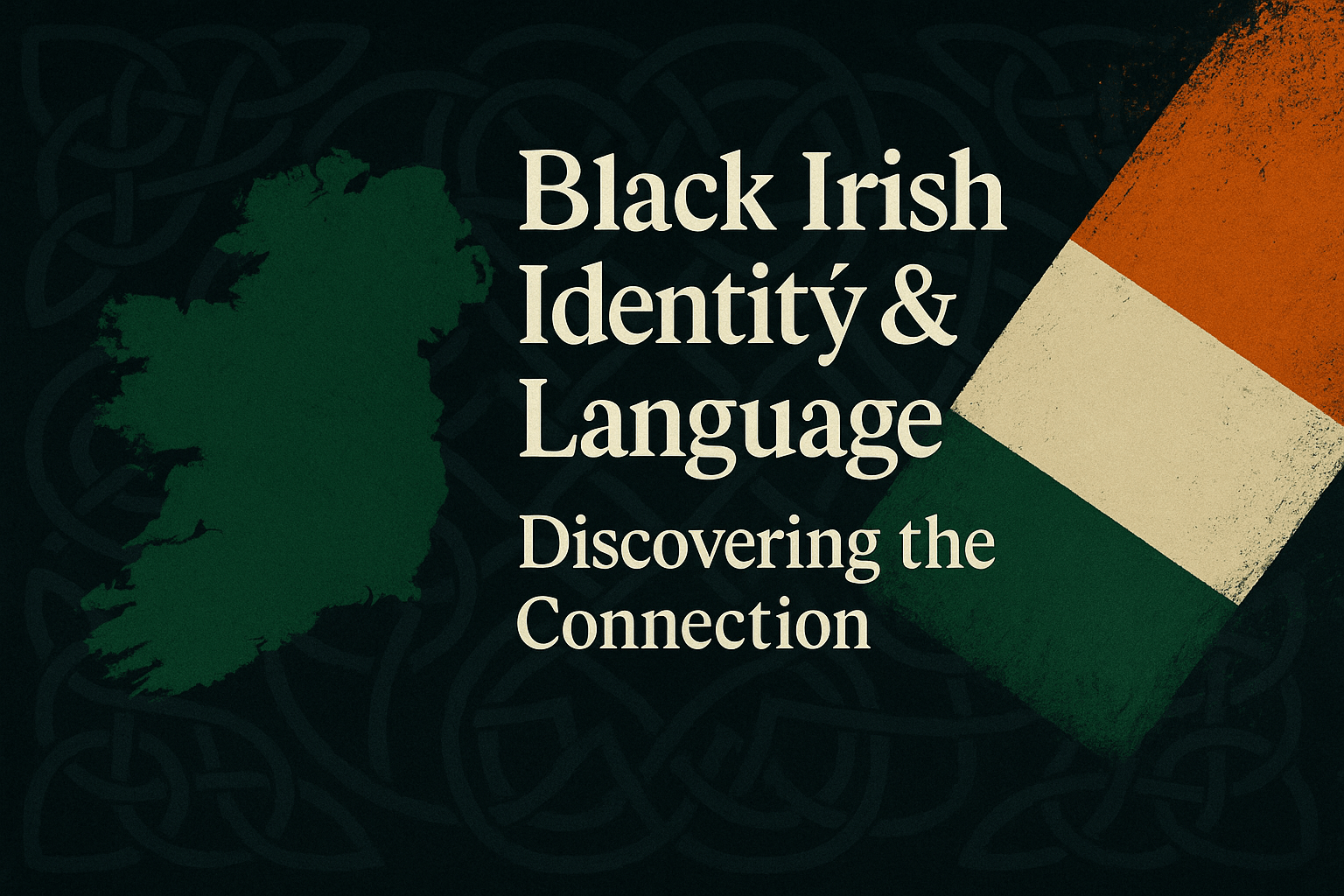When most people think of Ireland, one image that often comes to mind is the Irish potato. But why? How did a simple root vegetable become one of the most enduring symbols of Irish identity?
The answer lies in a powerful mix of history, hardship, and resilience. From its widespread adoption as a staple food to its tragic link with famine and emigration, the potato has shaped Ireland’s past in ways few other crops have. And even today, it remains deeply woven into Irish culture, traditions, and even humor.
In this post, we explore why the Irish potato became so synonymous with Ireland, and how understanding this legacy can deepen your appreciation of Irish heritage—and perhaps even spark your curiosity to learn more about the Irish language and culture through tools like Gaeilgeoir AI.
The Arrival of the Potato in Ireland
The potato first arrived in Ireland around the late 1500s, brought from the Americas by European explorers. It wasn’t long before the crop gained popularity. By the 18th century, potatoes had become a staple food for the majority of the Irish population—particularly among the rural poor.
Why was the potato so successful in Ireland?
- Climate compatibility: Potatoes grew well in Ireland’s cool, damp climate.
- High yield: They produced more food per acre than any other crop.
- Nutritional value: A diet of potatoes and milk provided sufficient calories and nutrients for survival.
By the early 1800s, the average Irish adult was consuming up to 14 pounds of potatoes per day. That astonishing reliance laid the foundation for the potato’s central place in Irish life—but also its role in one of the country’s greatest tragedies.
The Great Famine: A Turning Point in Irish History
In 1845, a potato disease known as Phytophthora infestans—commonly called blight—swept through Ireland. Over the next several years, it destroyed potato crops across the country.
The result was devastating:
- Over one million deaths from starvation and disease
- One million people emigrated, many to the U.S., Canada, and Britain
- A population decline from 8 million to 6 million by the early 1850s
This period, known as An Gorta Mór (The Great Hunger), remains a defining chapter in Irish history. The dependence on a single crop—and the lack of response from British authorities—left deep wounds that have never fully healed.
The potato, once a symbol of sustenance, became a symbol of loss and survival. Families were broken, villages emptied, and the trauma of the famine lived on through generations, shaping Ireland’s national consciousness.
Why the Potato Became a Cultural Icon
After the famine, the potato didn’t disappear. In fact, it remained a central part of the Irish diet and way of life—but it also took on deeper meaning.
Here’s why the Irish potato became such a lasting cultural symbol:
1. It Represents Survival
The potato fed generations of Irish families before, during, and after the famine. Its presence on the table became a sign of resilience.
2. It Connects to Rural Life
Many Irish people still recall grandparents or great-grandparents digging potatoes from their own plots. It’s a connection to the land and a self-sufficient way of life.
3. It Lives in Language and Humor
Even today, Irish slang and jokes often reference the potato. It’s used both affectionately and humorously in everything from casual banter to TV comedy.
4. It’s a Diaspora Touchstone
For Irish emigrants and their descendants, the potato is a powerful symbol of the homeland. It’s part of Irish identity abroad just as much as at home.
The Irish Potato in Everyday Life Today
Despite its heavy historical baggage, the potato is still a beloved part of Irish cuisine and culture.
Popular Potato-Based Dishes:
- Colcannon – Mashed potatoes with cabbage or kale and butter
- Boxty – Grated potato pancakes or bread, especially from the northwest
- Champ – Mashed potatoes with scallions, milk, and butter
- Potato farls – Fried potato bread common in Northern Irish breakfasts
You’ll find these dishes in homes and restaurants across the country—especially during festive seasons or family gatherings.
Curious About Irish Heritage? The Language Matters Too
You don’t have to be fluent in Irish to appreciate its richness—but even learning a few simple words or phrases can open a window into the culture.
For example, the Irish word for potato is “práta” (pronounced PRAH-tah). And during the famine, “An Gorta Mór” became the national term for the hunger that changed everything.
If this piques your interest, you might enjoy this guide to learning the Irish language — designed for beginners, history lovers, and curious learners alike.
How to Connect with Irish Roots Today
You don’t need to live in Ireland to connect with its culture. Here are a few meaningful ways to stay engaged:
- Cook traditional Irish meals using classic ingredients like potatoes
- Read Irish history or fiction related to the famine or rural life
- Learn a few Irish words or phrases, even casually
- Share stories with your family about Irish ancestors
- Join an online Irish community or language learning group
And if you want an easy, modern way to get started with Irish language learning, Gaeilgeoir AI offers free tools, pronunciation help, and cultural resources that make the journey both fun and flexible.
Final Thoughts: A Humble Food, a Powerful Legacy
The Irish potato is more than a food. It’s a story—of nourishment, of tragedy, of endurance, and of identity. Understanding its legacy helps us understand Ireland itself.
Whether you’re exploring your roots, learning the language, or just enjoying a hearty plate of colcannon, the potato offers a unique gateway into the heart of Irish culture.
Start your own Irish journey today—sign up for Gaeilgeoir AI for free and discover tools to deepen your connection with Ireland’s past and present.






